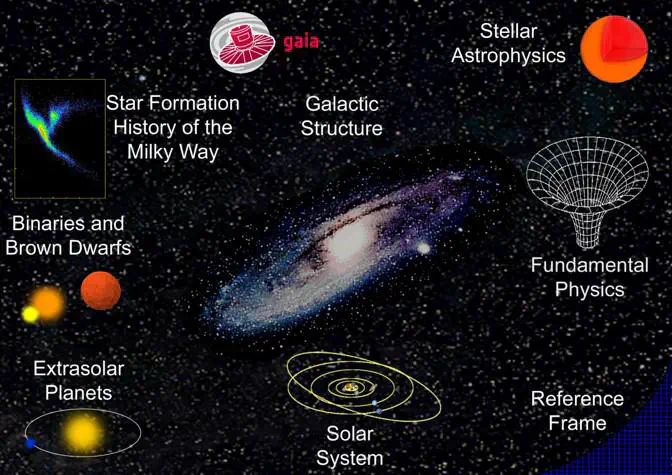Gaia参考架的性质及其与ICRF的连接

The ESA space astrometric satellite Gaia launched in December 2013 is considered as an important milestone in astronomy. The expected accuracy of astrometry is several micro-arcseconds which will greatly promote scientific studies of fundamental reference systems and the Earth’s rotation.
The first data release of Gaia (DR1) was published in September of 2016 provided us with very first observational data and with the opportunity to study the theories and application of the new Gaia reference frame.
欧空局空间天体测量卫星Gaia的成功发射(2013年12月)是一项具有划时代意义的重大科学事件,其天体测量观测精度将能达到微角秒量级,对天文参考系研究领域将产生巨大的推动作用。 Gaia首期正式观测结果(DR1)已于2016年9月正式发布,提供了早期第一手研究资料,也为研究全新Gaia参考架的理论和实践提供可能。在未来5年时间内,将有更多的观测资料发布,我们计划有针对性的研究三个关键的问题:(1)光学波段Gaia参考架的性质;(2)射电波段国际天球ICRF的优化;(3)Gaia参考架与ICRF的连接方法,这也是参考架研究中最重要的核心问题。我们的独特思路在于,通过研究上述三个问题,最终以Gaia参考架为基本天球参考架,实现ICRF在实质性质上向Gaia连接,使得新的ICRF与Gaia一样独立于地球参考架ITRF,从而通过基于新的ICRF的观测改进ITRF,并建立新的自洽的岁差模型。